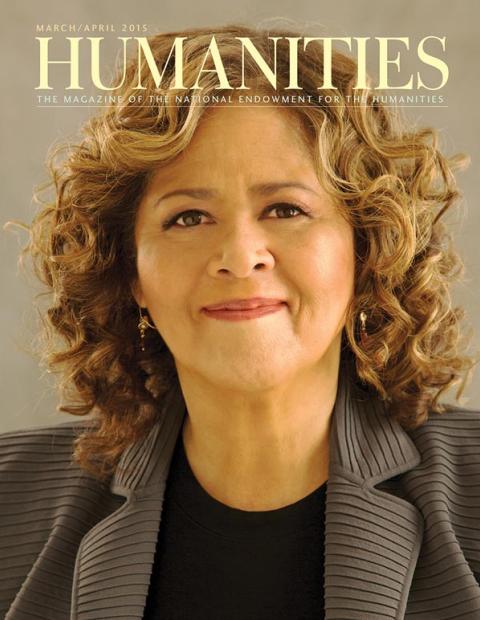During the contentious deliberations of the 1787 Constitutional Convention, held in Philadelphia from May to September, an excursion into the country provided a welcome diversion for a handful of delegates.
Their destination on that July morning: the nearby garden of renowned Quaker botanist John Bartram. According to an account in the 2011 book Founding Gardeners by Andrea Wulf, that visit may have led to a change in three votes, thus making possible the “Great Compromise” that created the bicameral Congress of today.
During stays in Philadelphia, presidents-to-be George Washington and Thomas Jefferson also visited the Bartram garden on different occasions, seeking both a peaceful setting and plants, according to retired history professor and lifelong gardener Irwin Richman.
“We know both of them bought plants from Bartram’s garden,” said Richman, who developed and presents “Founding Gardens: Penn, Washington, and Jefferson” on behalf of the Pennsylvania Humanities Council.
According to Richman, these purchases were primarily trees, which were planted at the Virginia estates of these two Founding Fathers: Washington’s Mount Vernon and Jefferson’s Monticello.
John Bartram (1699–1777), America’s preeminent botanist, and a friend of Benjamin Franklin, purchased his land on the Schuylkill River in 1728. Traveling from New England to Florida, and west to Lake Ontario, Bartram amassed an extensive collection of native plant species and developed a thriving plant exchange with patrons in Britain. In 1765, King George III named him Royal Botanist.
At the time of the Constitutional Convention, Bartram’s garden was overseen by his sons, John and William. William, who hosted the delegates that day, was himself an accomplished naturalist.
Washington and Jefferson’s connection with the Bartrams is an example of the Quaker influence on the “founding gardens,” Richman maintains. And there were, in essence, just a few degrees of separation from Pennsylvania’s founder and best-known Quaker, William Penn (1644–1718).
“The Quakers were incredibly interested in botany and horticulture,” Richman said in a talk at the public library in Hershey. Settled by Quakers and Mennonites, Germantown, now in northwest Philadelphia, became a center of botany and, eventually, the nursery business, he noted.
Sporting a vest and his trademark silver Navajo necklace, the seventy-eight-year-old Richman treated the audience to a slideshow (“antediluvian” in this digital age, he joked), including scenes from the estates of Washington, Jefferson, and Penn.
In those days, landscape gardening was considered an aristocratic (and male) pastime. Penn, who came from England in 1682, established his estate, Pennsbury Manor, on the Delaware River. Its substantial kitchen garden had a well at the center. Penn’s time there, however, was limited, as he only spent four years total in America.
Penn’s estate was managed by his secretary, fellow Quaker James Logan. Logan himself owned an estate, Stenton, in Germantown, which boasted what may have been the oldest greenhouse in the country. With a shared interest in botany, Logan was acquainted with Bartram; he was also a friend of Franklin.
Incidentally, the tree Franklinia alatamaha, discovered by the Bartrams in Georgia, was named after Franklin. The species, no longer found in the wild, is notoriously hard to grow. “I have killed many of them myself,” stated Richman, who taught American studies and history, including American garden history, at Penn State in Harrisburg.
Richman also taught American garden history at Longwood Gardens in Kennett Square. The author of numerous books, Richman serves as a research associate at Landis Valley Village and Farm Museum in Lancaster.
Both Jefferson and Washington had designed bountiful gardens at their estates. Washington’s were more formal and symmetrical while Jefferson’s landscapes were more naturalistic, explained Richman. Washington, however, considered himself foremost a farmer, profiting particularly from wheat crops. Jefferson, on the other hand, was most passionate about gardening, noted Richman.
Jefferson was particularly proud of his vegetable gardens, growing more than three hundred varieties of vegetables on a terraced hillside, including approximately fifteen types of peppers and some of the first tomatoes grown in America for consumption rather than ornamentation. “He believed gardening was the center of what is best in human life,” said Richman. In fact, Jefferson’s love of gardening informed his overall philosophy.
“It was central to Thomas Jefferson’s idea that a rural nation was the finest of nations,” said Richman. “That was in complete contradiction to Alexander Hamilton’s vision for a future that was industrial.”


